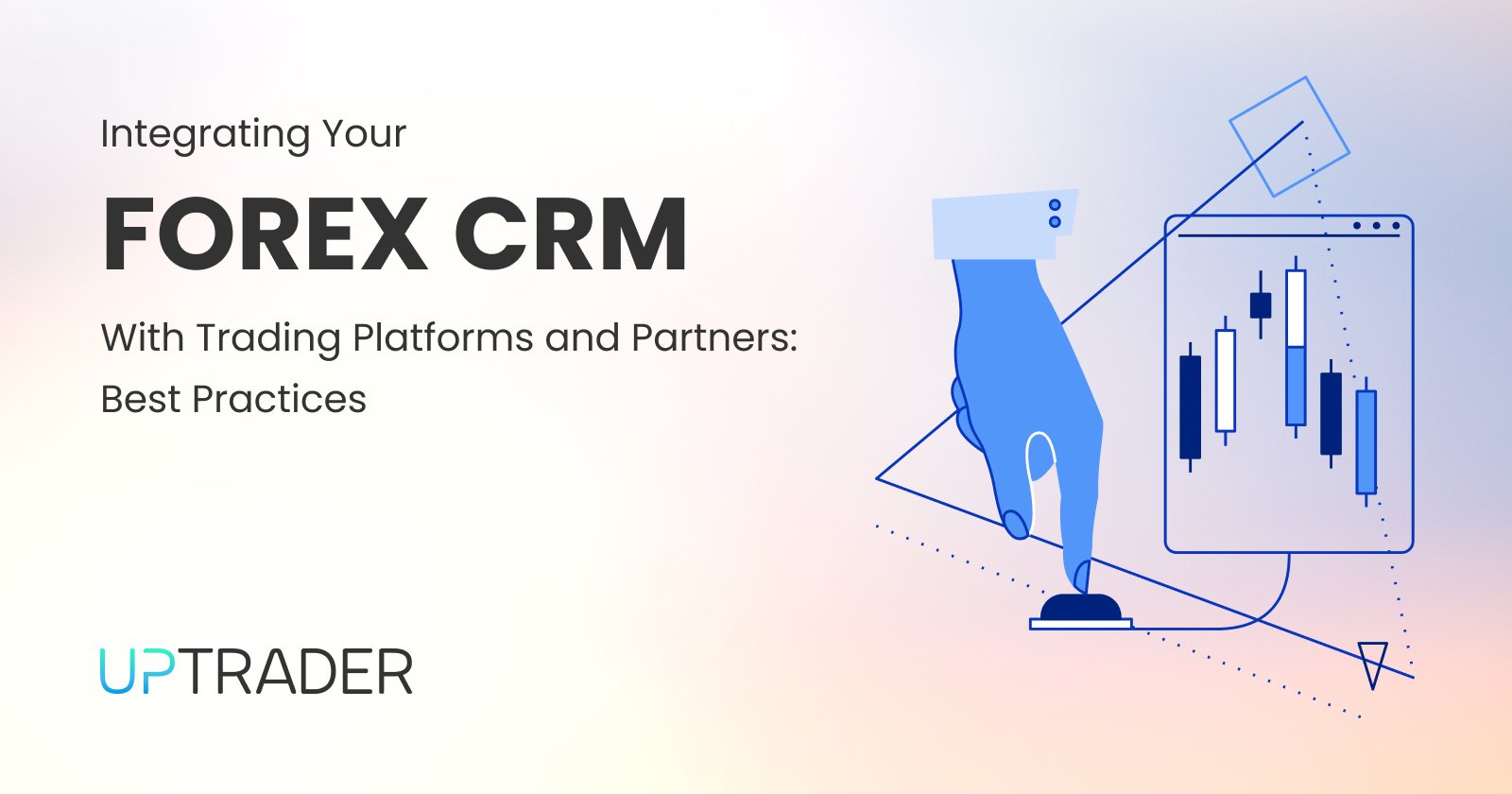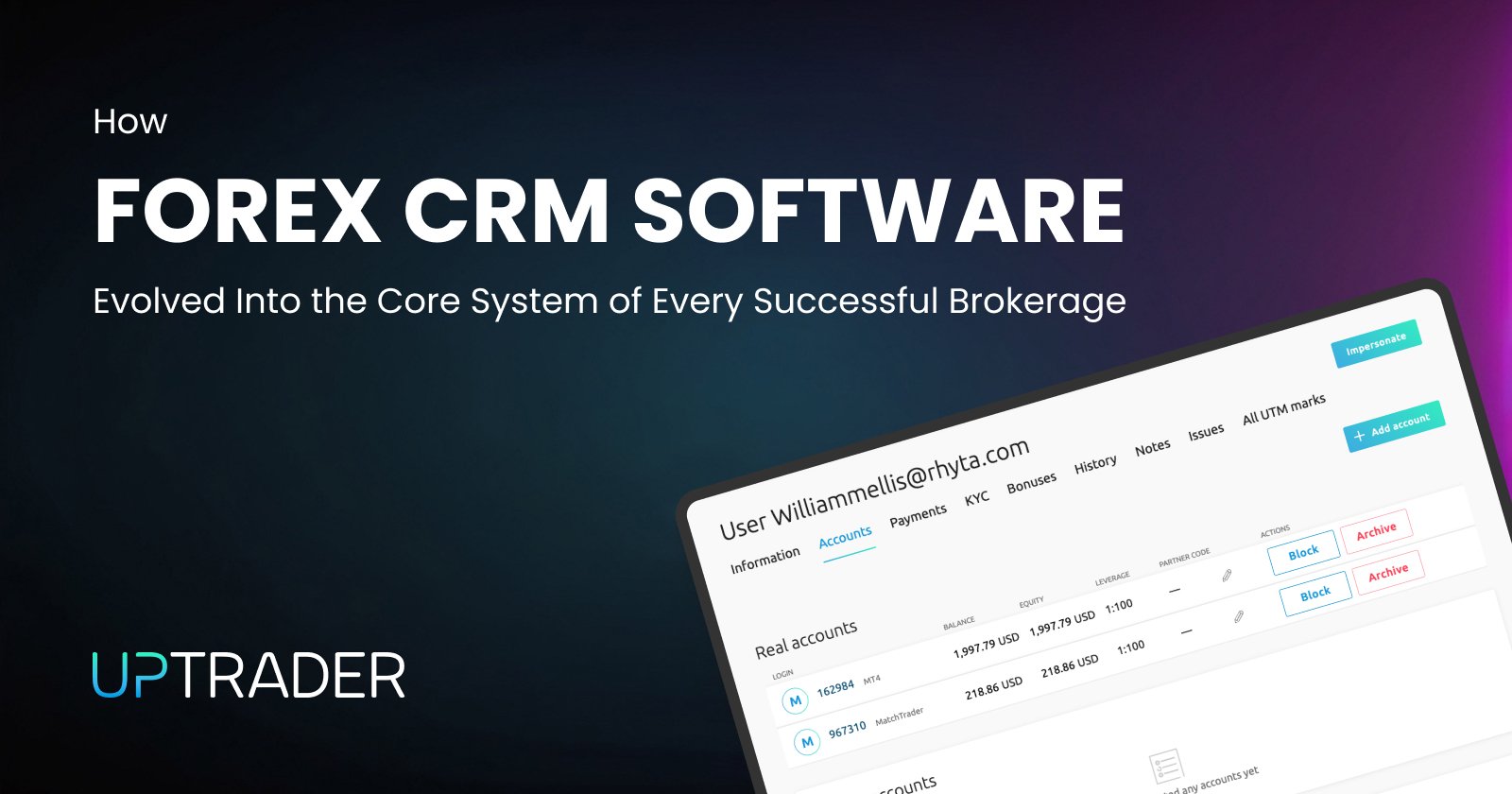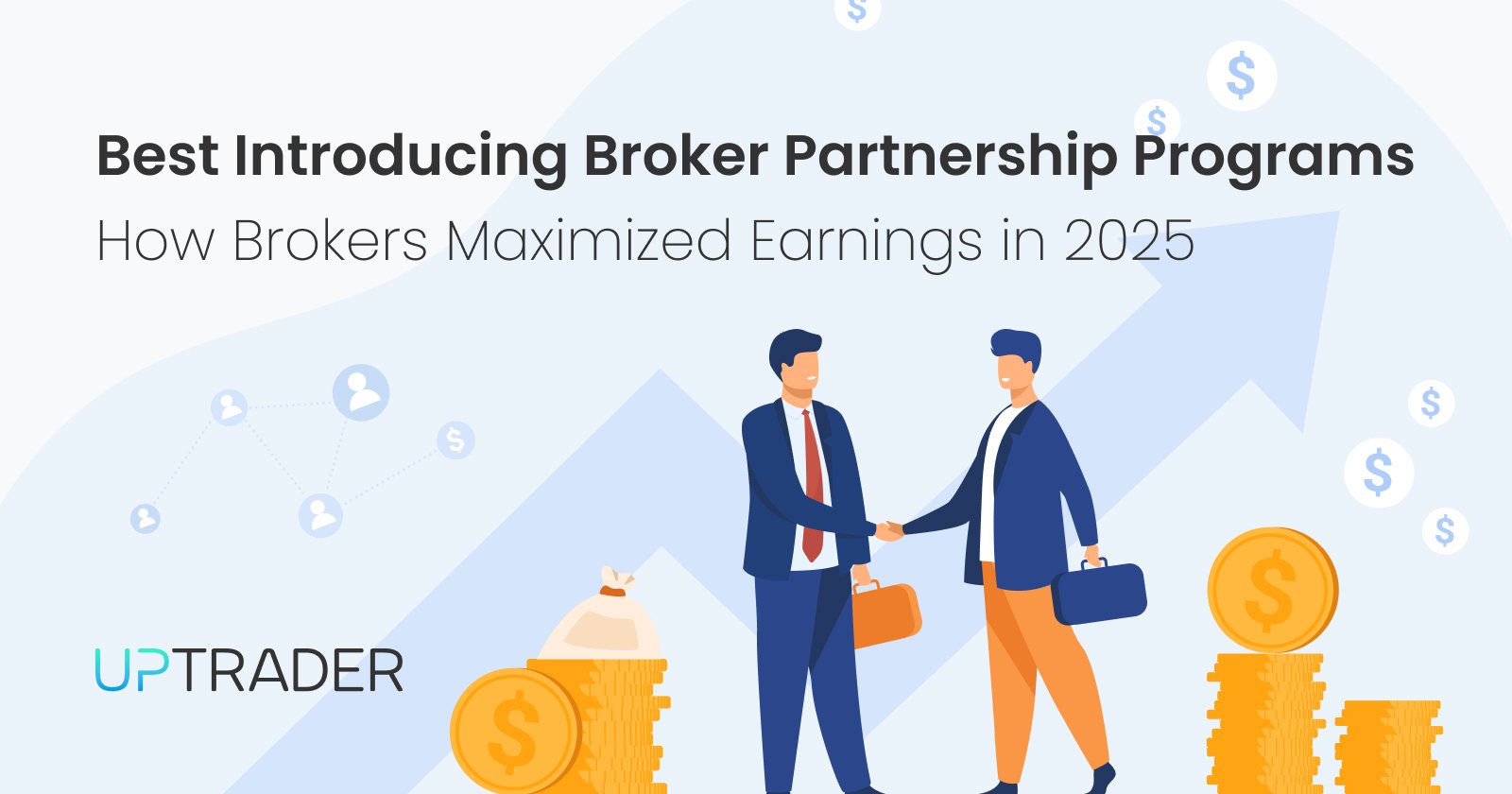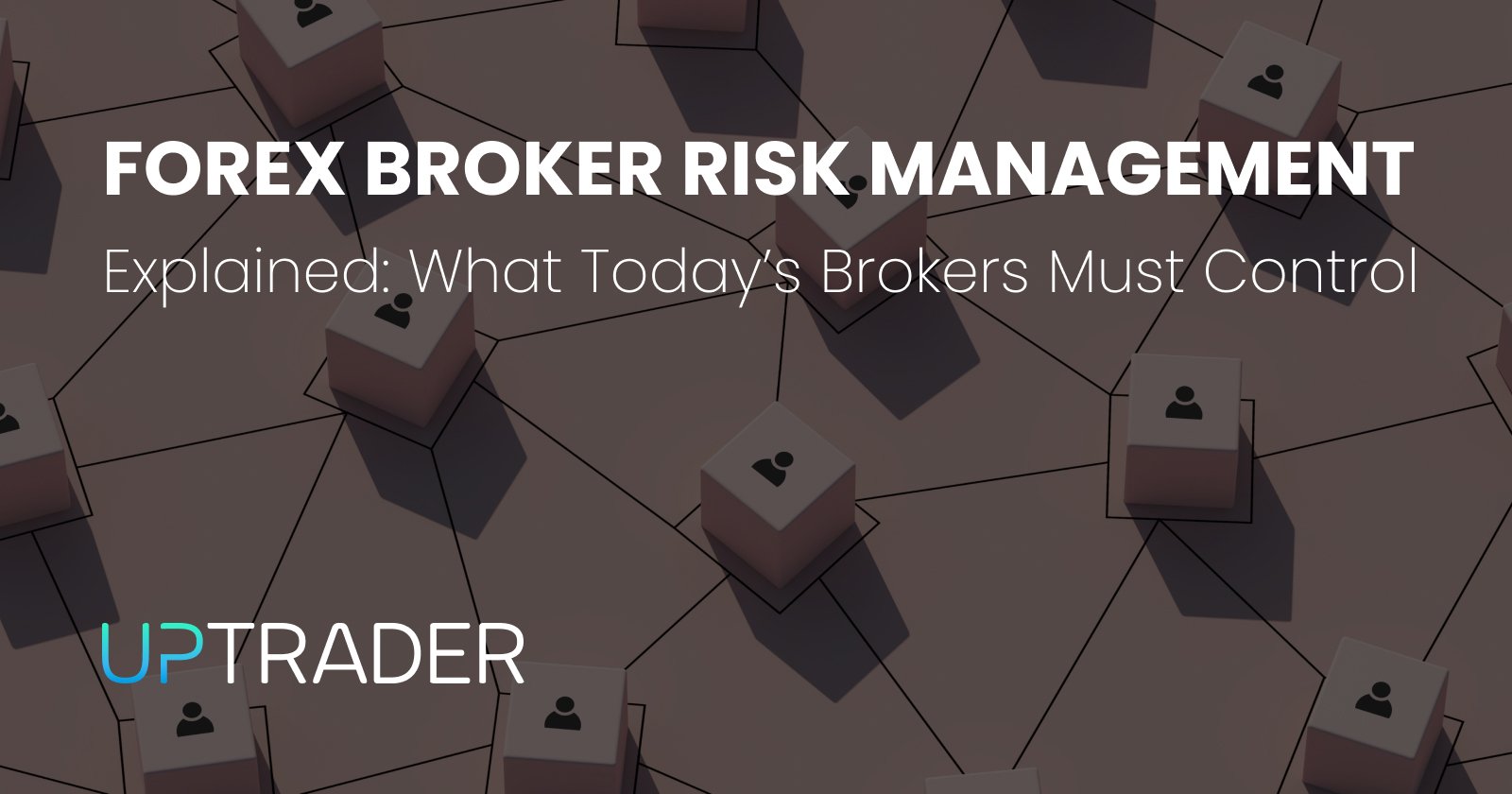
Integrating Your Forex CRM With Trading Platforms and Partners: Best Practices
Keyword: forex crm
Integrating Your Forex CRM With Trading Platforms and Partners: Best Practices
A CRM does not serve merely as a digital address book for a forex brokerage. A CRM is the central hub for trader lifecycle management, compliance management, payment processing, affiliate management, and much more. Integrating that CRM cleanly with trading platforms and external partners is how you turn scattered systems into a single, reliable revenue engine.
Below are practical, battle-tested best practices you can follow to make those integrations robust, secure, and business-ready.
Forex CRM: Start With The Business Outcomes, Not Technology
Before touching middleware or APIs, understand what you need the integration to accomplish. Do you need real-time trade-level signals for loyalty scoring? End-of-day P&L for client statements? Instant deposit confirmations for onboarding? When you define outcomes first, you avoid building brittle point-to-point connections that solve yesterday’s problem.
Write short, prioritized user stories — e.g., “When a client funds their account, you want the CRM to update KYC status and trigger an onboarding email within 30 seconds.” Those stories become the acceptance criteria for technical work.
Design A Clear Data Model And Mapping Layer
Different systems speak different languages. Your trading platform will expose positions, orders, and margin fields. Your payments provider returns transaction IDs and settlement statuses. Your CRM cares about leads, accounts, and support tickets.
Create a canonical data model inside the CRM — a single source of truth — and map every partner’s contract to it. That mapping layer should handle:
- Field normalization (e.g., “client_id” vs “accountRef”)
- Unit conversions (lots vs lots*1000, currency normalizations)
- Timestamp normalizations and time zones
Treat this layer as code. Store mappings in version control and make changes through pull requests. You’ll thank yourself when a partner changes a field name.
Favor Event-Driven, Real-Time Integration Where It Matters
Batch jobs have their place, but latency kills customer experience. For onboarding, deposits, risk alerts, and affiliate conversions, you want near-real-time updates. Use event-driven patterns, webhooks, message queues, or streaming to push important events from other systems to the CRM at the moment they happen.
However, be practical. Not every dataset needs to be synced in real-time. Use delta batches for historical reconciliations, nightly settlements, and analytics backfills.
Use Reliable Middleware And Keep Integrations Decoupled
Don’t hardwire the CRM to every external API. Insert a middleware layer — a message broker, lightweight ESB, or cloud function set — that decouples systems. This gives you:
- Retry and backoff logic for flaky endpoints
- Throttling and rate-limit handling
- Centralized transformation and enrichment
- Audit trails and observability
Decoupling also makes it simpler to swap vendors or add new partners without altering CRM code.
Harden Security And Privacy From The Start
You’re handling personally identifiable information, payment data, and trading records. Security isn’t an afterthought. Use a secrets manager to store and change your API keys and other secrets frequently.
Slightly related, apply the principle of least privilege. Every service should be given the minimum amount of access. An instrument level RBAC on the CRM to hide data in sensitive fields (balances, KYCs) - visible only to specific roles.
Finally, make privacy compliance explicit. Record consent where necessary, assist with data subject requests and track your ability to point to specific retention policies in any audits.
Build Robust Error Handling And Reconciliation
When funds and trade data flow between systems, the occasional discrepancy is inevitable. Create and design a reconciliation function that establishes a comparison between source-of-truth records (e.g., trading platform ledgers, payment provider statements) and records stored within the CRM system.
Automate resolving simple problems, such as missing transaction IDs, and assign unclear issues to a human. Implement idempotency on the incoming events so that retries do not generate duplicate records. Use a deterministic (e.g., provider_txn_id + timestamp) and unique identifier for events that can be stitched together across different systems.
Define Sales And Onboarding Requirements For Partners
Integration outcomes will depend on both parties. Before commencing, agree on a reasonable level of technical onboarding documentation with each partner.
- API documentation, design specifications, example transactions, and a test environment.
- Anticipated throughput with rate limits.
- Documented error responses and retry logic.
- Escalation guides and target SLAs (latency and uptime).
Take the test environment and the testing time seriously. Perform a thorough end-to-end test using a sample account with deposits, trade execution, and chargebacks to identify and address edge cases before they become expensive issues.
Prioritize Monitoring, Observability, And Alerts
It is impossible to improve without measuring. You should measure the following metrics:
- Event throughput and the latency of processing actions
- Ratios of successes to failures in webhooks and API calls
- Lengths of queues and the number of retries
- Data reconciliation deltas over time
Performance monitoring discrepancies, such as a webhook failure rate of 1% for 15 minutes in a row or a Reconciliation Gap of a certain size, should be automatically detected by some notification system.
Test Comprehensively, Then Test Again
Automated tests are non-negotiable. Add unit tests for transformations, integration tests for middleware, and contract tests for external APIs. Realistic end-to-end tests should be conducted to replicate a flow of a deposit, KYC, trade, account statement creation and so on.
Testing of your retry and fallback mechanisms can be done through controlled chaos, which can take the form of API throttling or simulated dropped connections. You want predictable behavior under unpredictable conditions.
Maintain Versioning And Graceful Migrations
APIs evolve. Implement versioning both for external integrations and your own CRM API. Route old versions to compatibility layers, and communicate deprecation windows clearly to partners. Use feature flags and canary releases when deploying migration code so you can roll back quickly if something goes wrong.
When changing the CRM’s canonical model, provide migration scripts and a staged rollout plan. Don’t rely on a single cutover for business-critical fields.
Document And Govern Everything
Integration strategy should have a dedicated document. Create a single source of truth pertaining to:
- Definitions and samples of data models
- Integration schematics and sequence flow
- Security control and access management frameworks
- Documents for testing, reconciliation, and integration closure
- On-call and escalation procedures
Regular governance reviews to ensure ongoing compliance of partners and their integration.
Adopt An Iterative Approach — Launch Small, Then Expand
Scale your integration to achieve the most impactful data flows first: deposit and withdrawal, KYC status, trade confirmation.
Then integrate secondary flows: affiliate conversion, CRM-triggered marketing automation, trade data analytics. It allows time to strengthen the support and monitoring processes and reduces the risk of the entire operation.
Practical Checklist To Get Started
- Define top 3 business outcomes for the integration.
- Develop a canonical CRM data model and mapping repository.
- Event-driven architecture should be used for critical flows.
- Insert a middleware layer for transformations and retries.
- Strict encryption and the principle of least privilege should be implemented.
- Automated reconciliation and idempotent safeguards should be constructed.
- Agree on SLAs, testing, and sandbox access with partners.
- Create dashboards, alerts, and an on-call escalation plan.
- Version APIs and use canaries for migrations.
- Document everything and run quarterly governance reviews.
Conclusion
You’re not just connecting systems — you’re building the plumbing of your brokerage. Do it with intentionality. Define the outcomes you expect, normalize data early, secure every hop, and instrument robust monitoring.
With a careful, iterative approach you’ll make your CRM the durable backbone that turns data into insights, operations into repeatable processes, and partnerships into predictable revenue streams. Integrate thoughtfully, and the CRM won’t just record your business — it will power it.
If you’re serious about growth, choose tools built for brokers, not for generic sales teams — and push to make automation, measurement and partner management the backbone of your strategy.
Leave a request for a live demo here










